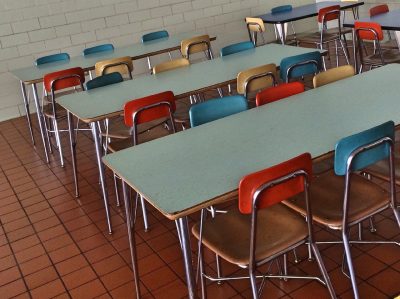Breakfast Club Blog

The BOOST Breakfast Club Blog is a curated space where bloggers from around the world contribute content on a continual basis about a variety of topics relevant to in and out-of-school time. The BOOST Breakfast Club blog is at the heart of an ongoing dialogue where expanded learning and education professionals share their personal thoughts and stories from the in and out-of-school time field. They also tell us what they ate for breakfast!
The BOOST Breakfast Club Blog is Brain Food for In and Out-of-School Time Leaders!
Interested in becoming a blogger? Email breakfastclub@boostcollaborative.org
Click here to Register for a free account or click here to Login to your existing account.
Creating a More Connected World Through Local Agriculture: 9 Voices
Imagine if we, above all else, prioritized creating a more connected world. If we blend and integrate our passions, what innovations will we discover? What challenges would we overcome? To celebrate National Nutrition Month, this article explores how local agriculture can help foster social connectedness. To do this, I spoke with youth and adults representing urban and rural communities, non-profits, business and government and education agencies. Each brings a perspective that explores linkages...Read More
3 Ways Summer Meals Are Making A Difference
Summer is here! For some families, summer plans involve which parks they’ll visit or vacations they’ll take. But for other families, summer can be a time of great stress as they find themselves struggling to fill the food gap that’s created when schools close and children no longer have access to healthy meals at school. Fortunately, there is a solution: the Summer Nutrition Programs. These programs—the Summer Food Service Program (SFSP) and the National School Lunch Program (N...Read More
Leveraging Wellness to Help Children Think Global and Act Local
Although the facts are alarming, conveying the importance of wellness to children can be challenging. Childhood obesity has almost tripled in children and adolescents in the past 30 years and today approximately one out of three children and adolescents in the United States is overweight or obese. Even more alarming, there are significant racial and ethnic disparities in obesity prevalence among U.S. children and adolescents. Research shows a strong link between a young person’s practice o...Read More







